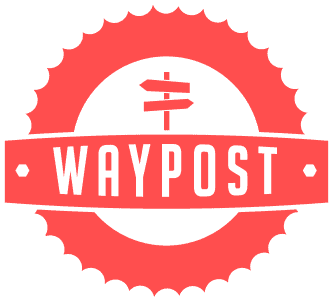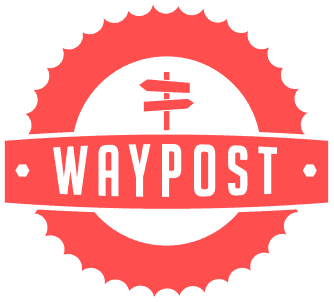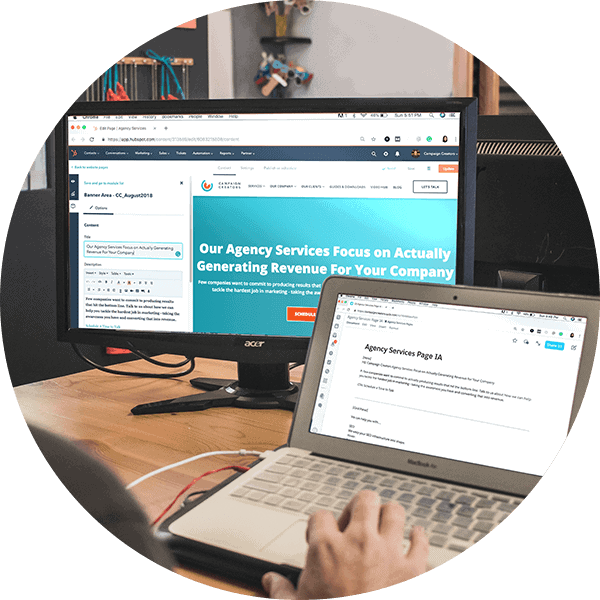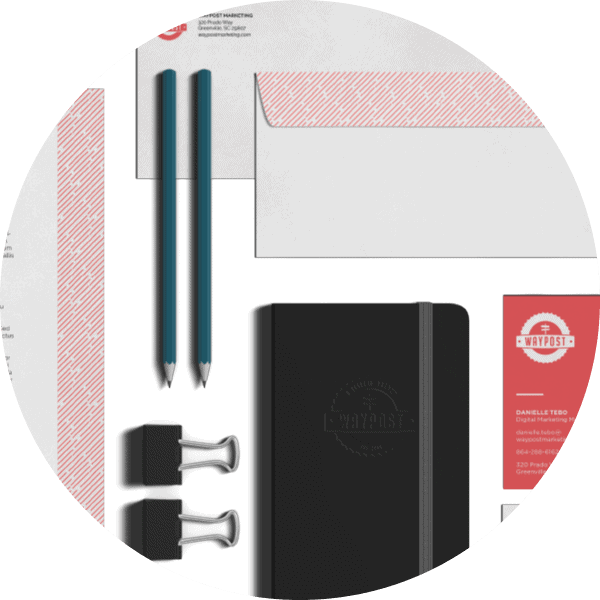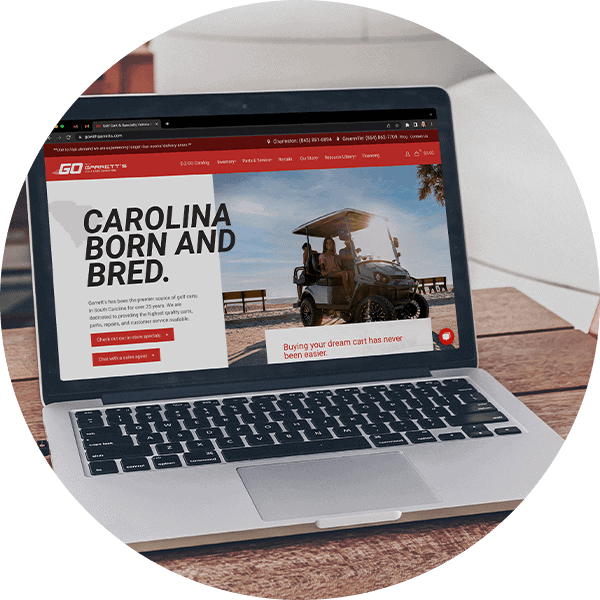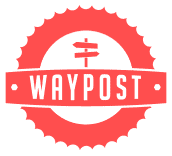
Closing the CRM Adoption Gap: Lessons from a Sales Rep Who’s Been There
January 7, 2025The Promise vs. The Reality
When you signed up for HubSpot, you envisioned a smoother, more efficient way to run your business. The demos made it look effortless—marketing, sales, and service working in sync, leads flowing in, customers receiving top-notch support, and reports delivering crystal-clear insights.
But now, instead of saving time, you’re stuck watching tutorials. Instead of a well-aligned team, you’re answering constant questions. Instead of focusing on growth, you’re troubleshooting—again.
DIY HubSpot Onboarding: A Common Struggle
If you’re feeling overwhelmed by the onboarding process, you’re not alone.
- Most companies don’t set up HubSpot correctly the first time, leading to messy data, clunky workflows, frustrated teams, and reduced HubSpot ROI.
- 68% of teams underutilize HubSpot features, which means you’re likely paying for tools that no one is benefiting from.
- Marketing teams waste 23% of their time fixing HubSpot issues instead of running campaigns that generate revenue.
- Sales teams struggle with pipeline management and automation that don’t match their sales process.
- Customer service teams face longer response times and missed support tickets due to poor ticketing and automation setups.
Taylor, a marketing director at a mid-sized B2B company, described it perfectly:
“I became the unofficial ‘HubSpot person’ overnight. My team looked to me for answers I didn’t have, and leadership kept asking about results I couldn’t deliver. I started dreading opening my laptop in the morning.”
The problem? DIY onboarding leaves businesses stuck in a cycle of trial and error—wasting time, money, and patience.
The Unexpected Toll of DIY HubSpot Onboarding
HubSpot is an incredibly powerful platform, but only if it’s set up the right way from the start. When onboarding is rushed—or worse, treated as an afterthought—companies quickly realize the real cost of doing it alone.
- Stress and overwhelm from juggling HubSpot setup on top of an already full workload.
- Frustration across teams when the platform they were excited about becomes a daily struggle.
- Lost confidence when leadership expects quick results, but the system isn’t working as expected.
- Messy data and broken automation that cause leads to slip through the cracks, marketing campaigns to misfire, and customer support teams to miss key interactions.
- No clear return on investment because dashboards are confusing, reports don’t match leadership’s expectations, and no one knows how to measure success.
The truth is, HubSpot doesn’t automatically work for your business—it has to be set up to best serve your business goals and structure. The good news? You don’t have to do it alone.
HubSpot Onboarding That Works—for Your Business
Unlike standard HubSpot onboarding that offers generic guidance, Waypost takes a custom approach.
One-size-fits-all onboarding doesn’t work because HubSpot isn’t a one-size-fits-all platform. Whether you’re using Sales Hub, Marketing Hub, Service Hub, or all three, the onboarding process looks different for every business.
That’s why we don’t force a rigid onboarding checklist onto your business. Instead, we follow a proven framework that ensures your HubSpot setup is tailored to your team’s real-world needs.
What Does HubSpot Onboarding Look Like?
Our onboarding framework follows five phases, but the details of each phase will be customized to match the HubSpot Hubs you’re implementing.
Phase One: Discovery and Goal Setting (Weeks One and Two)
Before anything is set up, we take the time to understand how your business operates.
- How do your teams currently manage sales, marketing, and customer service?
- What pain points are you trying to solve with HubSpot?
- What key processes will HubSpot need to support?
- Which HubSpot subscription is right for your business?
- Defining SMART goals for HubSpot adoption and ROI tracking
Every onboarding plan starts here, but what happens next depends on your HubSpot setup.
- Sales Hub onboarding focuses on CRM configuration, pipeline structure, and automation to help your sales team move leads through the funnel.
- Marketing Hub onboarding ensures your campaigns, workflows, and lead scoring are set up to generate and nurture leads effectively.
- Service Hub onboarding sets up ticketing, automation, and customer feedback loops to improve support efficiency and customer satisfaction.
Your onboarding journey is built around your business goals, not a pre-set checklist.
Phase Two: HubSpot Foundation Building (Weeks Two to Four)
This is where we handle the heavy lifting, so your teams can start using HubSpot without the headaches of figuring it all out themselves.
- Sales Hub: Customizing HubSpot deal pipelines, setting up automated follow-ups, and configuring HubSpot Sales reporting tools.
- Marketing Hub: Implementing lead scoring, audience segmentation, automation workflows, and campaign tracking.
- Service Hub: Creating ticketing systems, automating responses, and setting up knowledge base functionality.
- Integrating HubSpot with your existing tech stack so everything works together seamlessly.
This phase ensures that when your team logs in, everything is set up for them to hit the ground running.
Phase Three: Team Training and Adoption (Weeks Five to Six)
Your team receives hands-on, role-specific HubSpot training designed to get them comfortable and confident using HubSpot.
- Sales teams learn how to manage their pipeline, automate follow-ups, and track deals.
- Marketing teams master lead nurturing, campaign management, and performance tracking.
- Service teams learn how to streamline ticket resolution, set up customer satisfaction tracking, and improve response times.
No long, generic training sessions. No endless tutorial videos. Just focused, real-world training based on how your team actually works.
Phase Four: Reporting and Optimization (Weeks Seven to Eight)
We create dashboards and reporting tools that provide real insights, eliminating data overwhelm and making it easy to measure success.
- Sales dashboards track pipeline health, deal progression, and revenue forecasts.
- Marketing dashboards monitor campaign performance, conversion rates, and ROI.
- Service dashboards measure customer satisfaction, response times, and support team efficiency.
From day one, you’ll have access to reports that actually tell you what’s working—and what’s not.
Phase Five: Ongoing Support (Weeks Nine to Twelve)
We don’t disappear after onboarding. We check in regularly to make sure HubSpot continues to be a growth asset, not a burden.
- Thirty-day post-launch review to refine workflows and automation.
- Quarterly check-ins to ensure ongoing efficiency and process improvements.
No more getting stuck trying to troubleshoot HubSpot on your own. We’re here to help.
The Waypost Difference
Most HubSpot onboarding services hand you a roadmap and leave you to figure out the rest. That’s not how we work.
- We simplify complexity. HubSpot doesn’t have to feel overwhelming. We guide you through the process, making it as simple as possible.
- We create clarity. No more wasted time trying to interpret dashboards or marketing reports that don’t make sense. We set up reporting that actually helps you make decisions.
- We provide ongoing support. Onboarding isn’t just about setup—it’s about long-term success. Our team is there to answer questions and provide strategic insights long after onboarding is complete.
HubSpot is a powerful tool, but only when it’s set up correctly for your business. That’s where we come in.
Get HubSpot Set Up the Right Way from the Start
You don’t have to struggle through HubSpot onboarding alone. The expertise and support you need is just a conversation away.
Schedule your free consultation today and experience what it’s like to have HubSpot work for you, not against you.
Your journey from frustration to freedom starts with a simple call.
